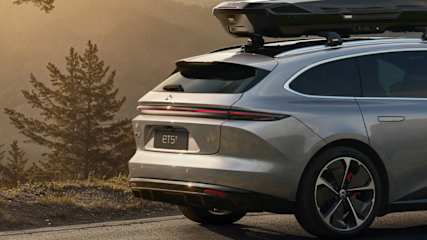Chery News
.jpg)
Top 10 written reviews of 2025
Read the article
By James Cleary · 26 Dec 2025
New car reviews are the backbone of CarsGuide’s offering to its readers and viewers. The aim is to provide in-market buyers with the independent information they need to make an informed purchase decision and interested browsers with enough detail to satisfy their curiosity.
_0.jpg)
A tale of two Chinas | Opinion
Read the article
By Dom Tripolone · 25 Dec 2025
Who will break first - legacy brands or struggling newcomers?

Chinese cars we need in Australia in 2026
Read the article
By Tom White · 24 Dec 2025
I know what you're thinking. Surely we don't need any more Chinese cars, but you'd better bet some of the best ones still aren't in Australia.

'Serious consequences': New battery exposed
Read the article
By Dom Tripolone · 22 Dec 2025
The hype surrounding solid-state batteries is extreme, but some experts in China are pouring cold water on the new breakthrough tech.
.jpg)
What brand does this badge belong to?
Read the article
By Laura Berry · 18 Dec 2025
Feel like there’s suddenly a whole lot of new car brands with logos you don’t even recognise.

Huge EV tax break could get axed
Read the article
By Tim Gibson · 16 Dec 2025
The federal government has announced there will be a statutory review into the Electric Car Discount.
.jpg)
'Irrelevant': Chery dismisses local tuning
Read the article
By Tom White · 15 Dec 2025
No need for a local tuning program, at least not like GWM, according to Chery.

New Chinese SUV for ‘non-SUV people’
Read the article
By Tom White · 06 Dec 2025
Yet another Chery sub-brand will hit our shores in 2026 - here's why the boss says it's not for regular SUV people.
.jpg)
The cars to boost Chinese brand in Oz
Read the article
By Tom White · 04 Dec 2025
Chery’s Chief Operating Officer Lucas Harris said there were many more Chery models to come.
.jpg)
Chery’s tough new ute spotted
Read the article
By Jack Quick · 02 Dec 2025
China’s Chery will launch another dual-cab ute.





